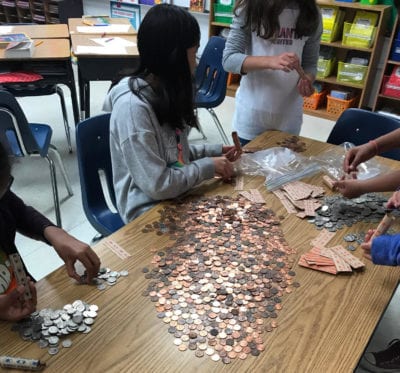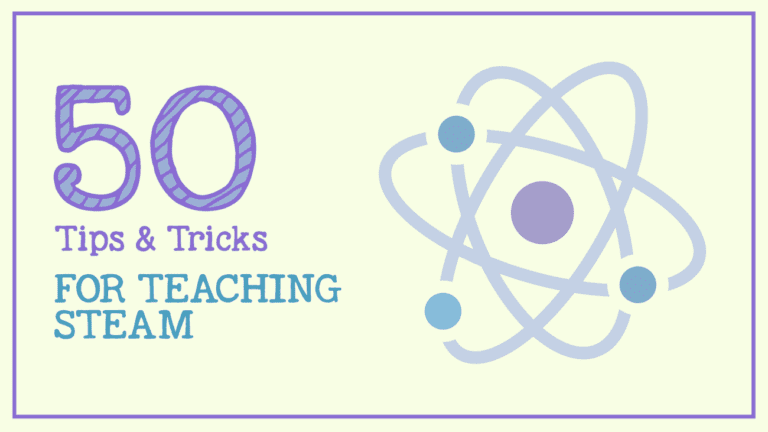A young girl at Oak Grove Elementary School outside of Atlanta, Georgia, was in an intense battle with leukemia. As this child battled cancer, she also fought to come to school every day. And her classmates, inspired by her courage, banded together and decided they would work to help find a cure for the disease. For several weeks, Oak Grove students collected money for Pennies for Patients, a fundraising program that supports research to cure the same disease their friend had.
By the end of two weeks, the students from this low-income school raised over $3,100! And in the midst of this heroic fundraising, these same students engaged in STEM curriculum related to leukemia and the human body. The powerful passion students had for the project and fundraiser carried over to the content. Here’s how students can engage in STEM curriculum and help fund cancer research at the same time.
Create a bridge between STEM and real-world issues.
To truly engage in the material, students need to see how STEM connects to themselves and the world around them. The Pennies for Patients service project is a great example of this. The curriculum that comes with this project is all about specific STEM content that aligns with Common Core and Next Generation Science Standards. However, the difference between Pennies for Patients and standard curriculum is that at the heart of this unit is a project where students raise funds for cancer research and patient services. They do this through a competition to see how much their school or classroom can raise for this cause.
Dr. Tracey Roberts, a guidance counselor at Oak Grove, says her students had fun with the competition aspect of this project, but their primary motivation was fighting cancer. Their success is evidence of this motivation. And that same engagement also went toward their learning of the STEM content related to the project.
Connect STEM content to the service project.

With this project, while students are raising funds to fight a disease that has a direct impact on their community, they also simultaneously learn about the disease and how it affects the human body. The Pennies for Patients fundraiser comes with a full STEM curriculum. Leukemia is a cancer of the blood. So while students are learning about the circulatory system, they are also engaging with the science behind the cause they are fighting for. Thus, STEM is no longer hypothetical. Instead it is a real thing that students can grasp. Students can see how the content they are learning applies to the people they are serving.
Provide service learning to create deeper learning.
LaTosha Cheeseboro, a teacher at Crabapple Crossing Elementary School in Alpharetta, Georgia, also has her students take part in Pennies for Patients. To engage them from the very beginning of the project, she had a guest speaker, who lost a brother to cancer, speak to her students. These same students had recently lost a teacher to cancer. So even though the class that raised the most money for this project won a class party, Cheeseboro says that was not the motivator for her students. Serving others and fighting cancer was the chief motivating factor.
Research shows that when students engage in service work in a content-area class, they retain the subject matter and “perform better overall on complex aspects of the course.” The emotional engagement of the work creates a stronger mental investment in the content. Essentially, because students were serving others in their science classes, they were learning the material at a deeper level.

Additionally, for the two weeks Oak Grove fundraised, thousands of dollars had to be counted and collected by the students. This was an excellent opportunity for students to engage with math in a real and tangible way. Kids set fundraising goals and had to tally the money that was brought in. This also gives teachers the chance design specific lessons around these tasks. And because of the emotional motivation behind the project, students are more engaged during those lessons.
STEM education can also serve a purpose.
If a student learns about the human body simply for a grade, chances are that the learning experience will not be very memorable. However, when that learning serves a purpose, that’s when the real engagement occurs. Dr. Tracey Roberts sought out the Pennies for Patients program for her school because it aligns with their school’s mission to “show compassion and care for others.” But this isn’t just a school fundraising project. It’s a science (and math!) project, too. And because of that, the learning is not quickly forgotten.
Get FREE STEM curriculum and find out more about Pennies for Patients.


